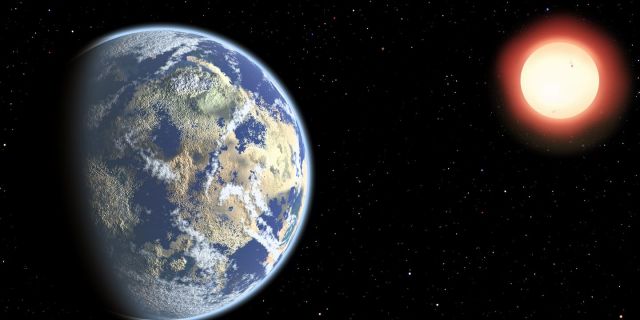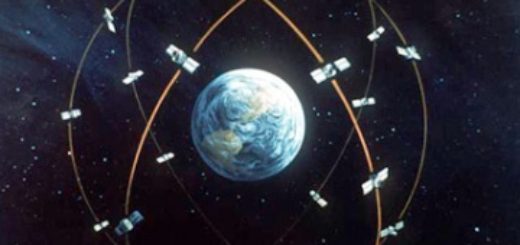Alien life may be common in the far future

Astrobiologists will probably have their hands full in a few trillion years.
The odds of life evolving throughout the universe are 1,000 times greater in the far future than they are now, according to a new modeling study. The finding suggests that life on Earth may be “premature” in the cosmic scheme of things, researchers said.
“If you ask, ‘When is life most likely to emerge?’ you might naively say, ‘Now,'” study lead author Avi Loeb, of the Harvard-Smithsonian Center for Astrophysics, said in a statement. “But we find that the chance of life grows much higher in the distant future.”
Loeb and his colleagues modeled how likely life is to arise at any point throughout the lifetime of the universe, starting at 30 million years after the Big Bang, when the first stars had created enough carbon, oxygen and other “heavy” elements thought to be necessary for life, and ending 10 trillion years from now, when the last stars will burn out. (The Big Bang occurred about 13.8 billion years ago.)
More From Space.com
SETI & the Search for Extraterrestrial Life
5 Bold Claims of Alien Life
10 Exoplanets That Could Host Alien Life
The researchers determined that the main factor influencing the possible evolution of life on a planet is the lifetime of that planet’s host star.
The sun will die perhaps 5 billion years from now, but the smallest stars can live for up to 10 trillion years, giving life plenty of time to take root.
“So then you may ask, ‘Why aren’t we living in the future next to a low-mass star?'” Loeb says. “One possibility is we’re premature. Another possibility is that the environment around a low-mass star is hazardous to life.”
Dwarf stars do indeed seem to pose some serious challenges to the evolution of life: They’re incredibly active in their youth, firing off lots of powerful flares that could strip away the atmospheres of potentially habitable planets.
Studying nearby dwarf stars and their planets with instruments such as NASA’s $8.8 billion James Webb Space Telescope, which is scheduled to launch in late 2018, should help clarify matters, Loeb and his colleagues said.
The new study has been accepted for publication in the Journal of Cosmology and Astroparticle Physics. You can read it online here.



 Creators of mankind
Creators of mankind Description of “Tall white aliens”
Description of “Tall white aliens” Where they came from?
Where they came from? About hostile civilizations
About hostile civilizations The war for the Earth
The war for the Earth “Tall white aliens” about eternal life
“Tall white aliens” about eternal life Video: “Nordic aliens”
Video: “Nordic aliens” Aliens
Aliens Alien encounters
Alien encounters The aliens base
The aliens base UFO
UFO Technology UFO
Technology UFO Underground civilization
Underground civilization Ancient alien artifacts
Ancient alien artifacts Military and UFO
Military and UFO Mysteries and hypotheses
Mysteries and hypotheses Scientific facts
Scientific facts


















